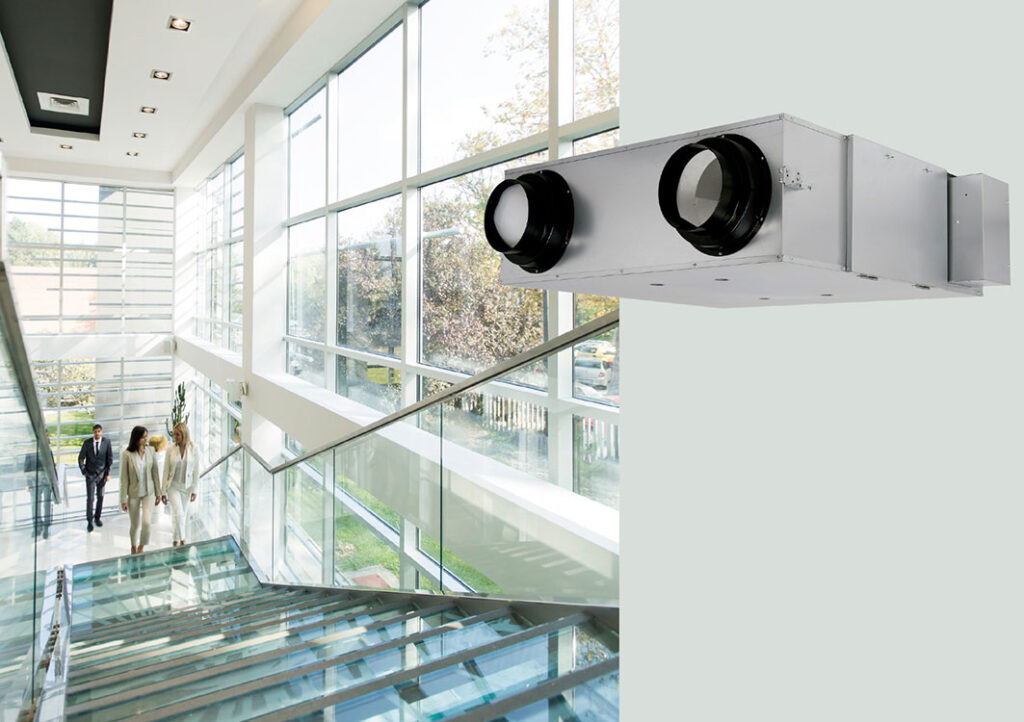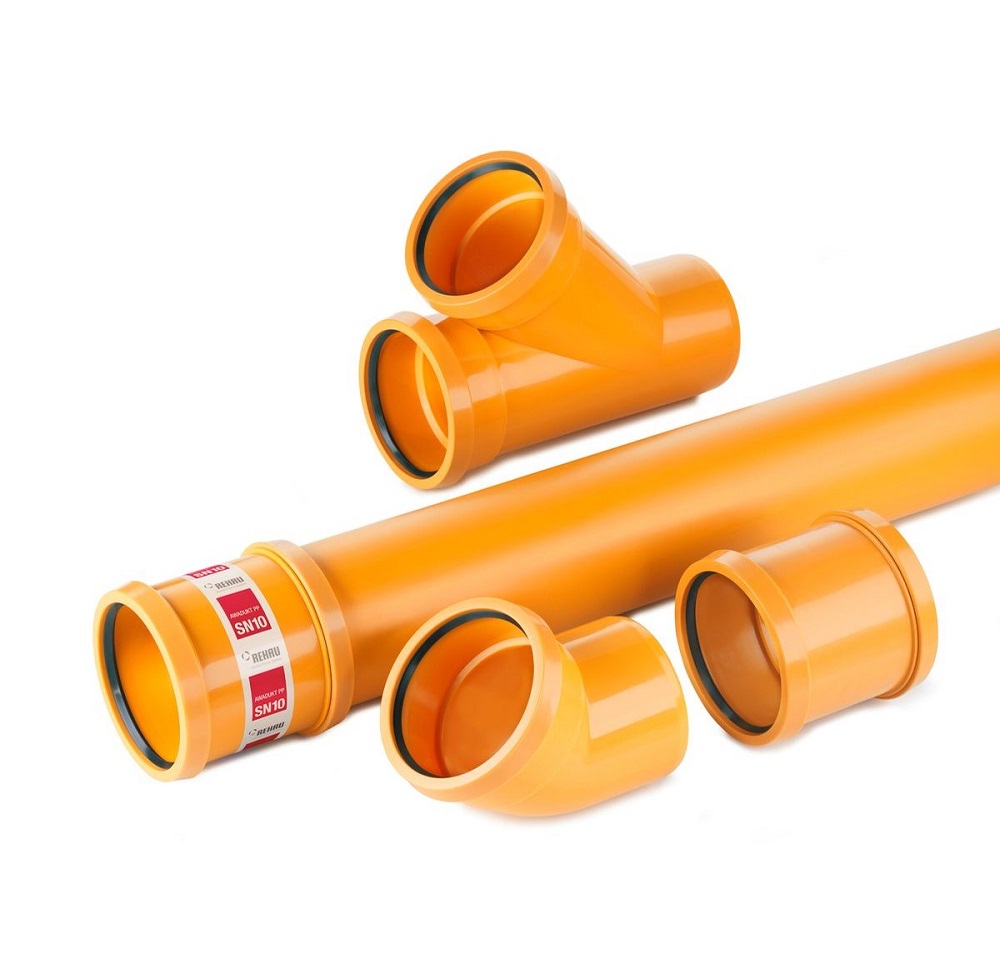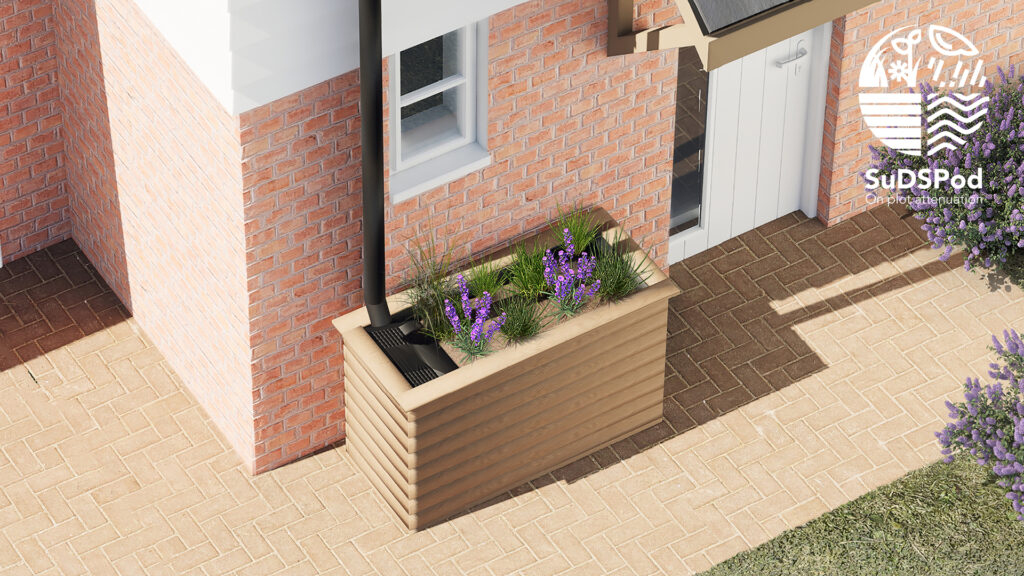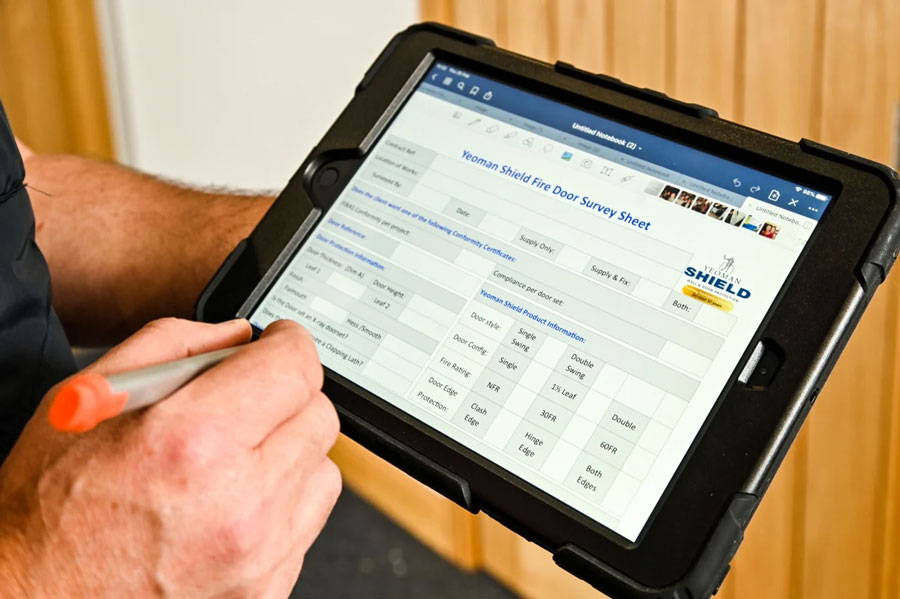‘Building for wellbeing’ – the time is now
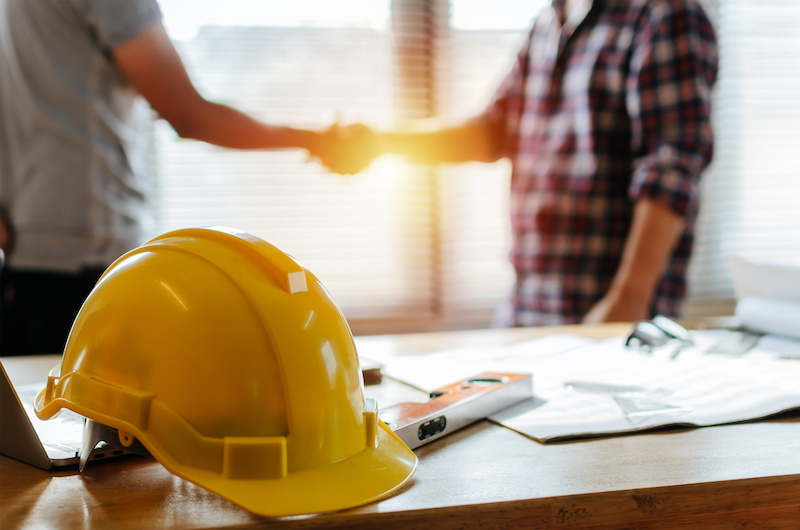
yellow safety helmet on workplace desk with construction worker team hands shaking greeting start up plan new project contract in office center at construction site, partnership and contractor concept

In this feature Building Products explores the idea of building for wellbeing. What does it mean and how is the concept influencing how we think about buildings and urban planning?
You could argue that we will look back at this current period and the zeitgeist in the construction space will have been health and wellbeing; and not just how we look after ourselves but also our urban spaces and buildings.
Building for Wellbeing is not a new concept but together with the burgeoning sustainability agenda, Grenfell – and the numerous shoddy construction projects that people are still living with – and of course the renewed focus on public health due to Covid-19, it is one that seems to be getting more airtime as we think carefully about how we live and what living means.
Anna Hollyman, who is Sustainability Advisor at the UK Green Building Council (UKGBC), explains its importance.
She comments: “Health is quite objective and encapsulates both physical and mental health, while wellbeing hints at broader feelings or perceptions of satisfaction and happiness that can be very subjective. Rarely have we been as focused on public health as we have been over the past year – the Covid-19 pandemic has emphasised how critical effective health systems are to our economy – yet the wellbeing impacts of the pandemic may be just as significant in the long term and change how we feel about our offices, our homes and all the spaces in between.
“Unsurprisingly, people living in small apartments with poor quality views were four times more likely to report negative impacts on their wellbeing and work productivity, and lockdown saw all age groups spending more time in nature daily, with the vast majority reporting that it was very important to them.
“I think we are realising wellbeing isn’t a soft and fluffy nicety to have, but a major contributor to helping people (and organisations) be more resilient, more creative, and start to thrive through the challenges we face.”
Examples we can follow
In regard to a benchmark of what projects and spaces are good examples of building for wellbeing, Anna says that there are two standout ones.
She says: “Cundall‘s London office at One Carter Lane always springs to mind, as it was the first building in Europe to achieve WELL Certification. It was also certified BREEAM Excellent and SKA Gold. It focused on improved indoor air quality, including continuous monitoring of carbon dioxide (CO2 ) and volatile organic compounds (VOCs). It was estimated to save the company £200,000 per year due to a reduction in absenteeism and a 27% reduction in staff turnover.
“Pollard Thomas Edwards New England Garden Quarter also stands out because of its focus on creating a new family community with shared gardens and play areas and high-quality, low-energy homes, full of daylight. The quality of their homes and access to nearby green spaces made an enormous difference to people’s wellbeing during lockdown.”
Sustainability
As touched on earlier, Building for Wellbeing is intrinsically linked to helping the environment.
Anna says: “Wellbeing encourages an inherently people focused approach, and when we start to think of the built environment as something that could improve people’s quality of life, rather than just turn a profit, it immediately changes how we think about it. Sustainability is essentially about planning for people’s long-term wellbeing, ‘meeting the needs of the present without compromising the ability of future generations to meet their own needs’, as the Brundtland report initially framed it.
“WorldGBC’s new H&W framework is also helpful in this respect, as it more explicitly makes the connection between wellbeing and sustainability, through addressing broader socio-economic concerns and wider environmental issues – for example, the health impacts of climate change. The framework also talks about all stages of the project lifecycle, so raising awareness of wellbeing issues faced by construction workers and through supply chains.”
Shaping the future
So, what should architects and surveyors be aware of in regard to trends and products linked to Building for Wellbeing?
Anna continues: “In offices, employees will be increasingly aware of their own health and wellbeing and how the office environment may affect it. Indoor Air Quality (IAQ) is becoming more and more important, ensuring there is adequate ventilation and air filtration – no-touch products will continue to be expected. With increasing focus on IAQ, low VOC materials with be expected and the renewed appreciation of nature is extending to the indoors, through consideration of biophilic design, use of natural products and colours that affect people’s mood, as well as increased numbers of plants. Similarly, there has been an increased demand for access to outdoor space.
“At the other end of the scale, I think there’s a heightened awareness of the public health impacts and costs associated with not building for wellbeing, for example poor housing conditions have been associated with greater spread of COVID-19. In the same way that there is evidence of ‘brown discounts’ being applied to inefficient offices, we are likely to see a ‘well premium’ applied to spaces that can demonstrate they have a positive impact on wellbeing.”
Nick Fairham, Architect Director at the Bristol studio of global architecture practice BDP, agrees that wellbeing and creating environments that build for it will be the future.
He says: “We are seeing a focus on wellbeing and the work-life balance becoming more prevalent, and design must reflect this demand. We expect to see significant shifts in the expectations of the workforce; they will vote with their feet and go elsewhere if employers do not deliver high quality, flexible working environments.
“The workplace must adapt to offer a distinction to the home – we are seeing moves away from desk-based activity to spaces which encourage collaboration and a sense of belonging to the culture of an organisation. This reduced demand for space allows repurposing to flexible areas which can cater for activities from collaborative workshops to yoga.
“This trend can also be seen in our public spaces, with the widening of pavements to support hospitality and retail businesses going hand in hand with more welcoming, attractive places for people to sit and relax, as well as more sustainable transport options such as better bike provision coming to the fore. Improved connections to nature are also vital, for example by way of community gardens, which also bring food production closer to home.
“Wellbeing hubs that provide flexible space for a number of different community uses also provide huge benefits. For example, Mulberry Park in Bath, which we designed for Curo, has a school, nursery, enterprise space, café and flexible community spaces for a range of activities, from yoga to ante-natal classes. So, a parent could drop the children off at school, use a flexible workspace, network at the café followed by a mindfulness workshop in the community space.
“Wellbeing absolutely must be at the heart of future city design; indeed, we expect this to become more readily and easily measurable in 2021, with the Well Certification – think BREEAM for wellness – likely to be more commonly used.”
Living indoors
Robert Delius, who is Divisional Director and Head of Sustainable Design at Stride Treglown, says that spending so much time indoors due to the response to the pandemic is also driving change.
He says: “We now spend on average 90% of our time indoors, which is a very recent development in our evolution and no doubt very bad for us on all sorts of levels – so providing opportunities for outside living, access to nature and just spending less time spent sat at a computer should be priorities for designers
“For me, most important is daylight. A well-lit space boosts the mood and there is a lot of science about how we need a certain intensity of daylight for a good night’s sleep.
“Everyone acknowledges now how vital nature and natural rhythms are to our mental and physical health – what is called biophilia. Water can also be an important ingredient in that regard.
“Opportunities for integrating water into external space design can help reduce heart rate and blood pressure, while moving water produces negative ions which boost serotonin levels… improving mood, alertness, anxiety and even depression.”
















